FOR IMMEDIATE RELEASE
June 6, 2025
Sheehy Statement on President Trump Protecting Bull Mountains Mine and Montana Jobs
U.S. SENATE – U.S. Senator Tim Sheehy (R – Mont.) today released the following statement in support of President Donald J. Trump and the Department of the Interior’s announcement of an approval of the mining plan modification for the Bull Mountains coal mine. A key step in advancing President Donald J. Trump’s energy emergency directives and strengthening U.S. energy partnerships abroad, the action authorizes Signal Peak Energy, LLC to recover approximately 22.8 million tons of federal coal and 34.5 million tons of adjacent non-federal coal, extending the life of the Bull Mountains Mine by up to nine years.
“Thanks to the Trump Administration for protecting Montana jobs, unleashing our resource economy, and making energy affordable, accessible, and reliable again. Coal keeps the lights on, and this America First, commonsense move helps secure a stronger future for every Montana family,” said Senator Sheehy.
Background:
The mine, located near Roundup, employs over 250 workers and supplies critical energy exports to U.S. defense allies Japan and South Korea. The project is expected to generate over $1 billion in combined local, state, and county economic benefits, including wages, taxes, and business activity.
The Department of the Interior completed its environmental impact statement and issued a record of decision under newly established alternative arrangements for compliance with the National Environmental Policy Act. These arrangements were adopted pursuant to the national energy emergency declared by President Trump on January 20, 2025. Notably, the Environmental Impact Statement contains significantly more analysis than is required under NEPA, given the U.S. Supreme Court’s recent ruling in Seven County Infrastructure Coalition v. Eagle County, Colorado.
The approval follows an extensive public participation process led by the Office of Surface Mining Reclamation and Enforcement, including a public meeting, two public comment periods and analysis of 667 individual comments submitted.
###
Contact: Tate Mitchell, Jack O’Brien
